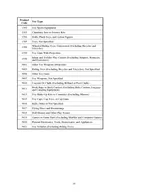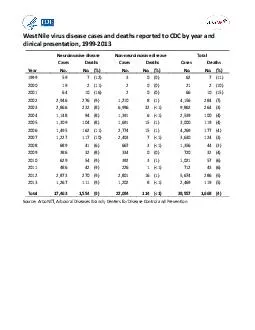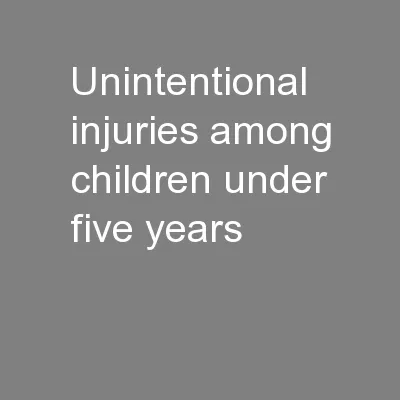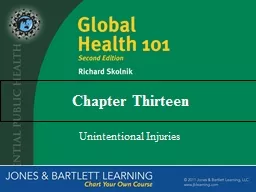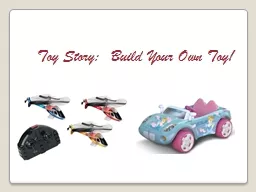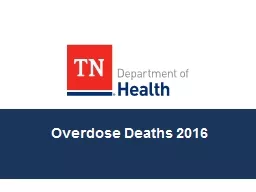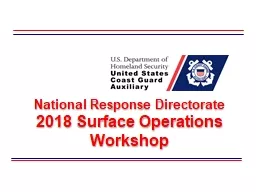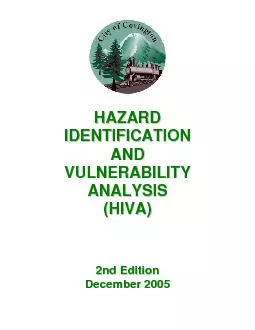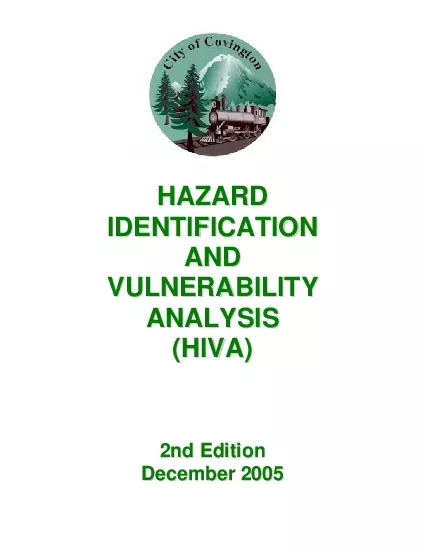PDF-Toy Related Deaths and Injuries Calendar Year Yongling Tu Division of Hazard Analysis
Author : test | Published Date : 2014-10-14
S Consumer Product Safety Commission 4330 East West Highway Bethesda MD 20814 November 2013 This analysis was prepared by CPSC staff It has not been reviewed or
Presentation Embed Code
Download Presentation
Download Presentation The PPT/PDF document "Toy Related Deaths and Injuries Calendar..." is the property of its rightful owner. Permission is granted to download and print the materials on this website for personal, non-commercial use only, and to display it on your personal computer provided you do not modify the materials and that you retain all copyright notices contained in the materials. By downloading content from our website, you accept the terms of this agreement.
Toy Related Deaths and Injuries Calendar Year Yongling Tu Division of Hazard Analysis: Transcript
Download Rules Of Document
"Toy Related Deaths and Injuries Calendar Year Yongling Tu Division of Hazard Analysis"The content belongs to its owner. You may download and print it for personal use, without modification, and keep all copyright notices. By downloading, you agree to these terms.
Related Documents

